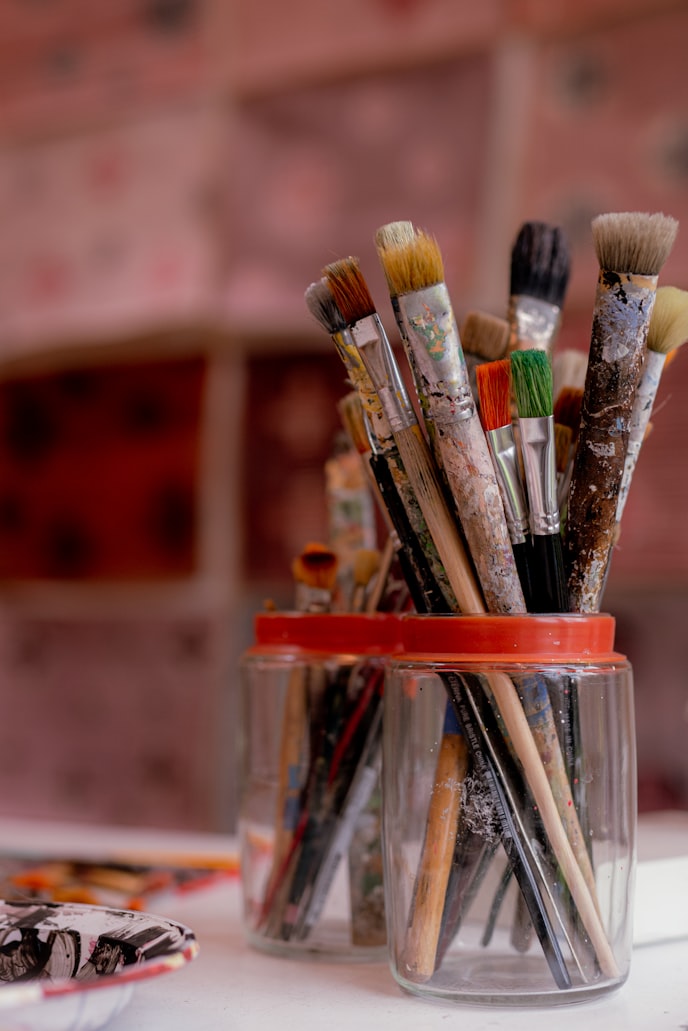The Process Of Art Therapy
What Are The Advantages Of Art Therapy?
The concept of art therapy is one that the majority of people are not very acquainted with. Because they are so deeply dissatisfied with one or more parts of their lives, they seek counseling. Traditional talk therapy often falls short of achieving the expected outcomes due to a lack of progress or a communication barrier. I see art therapy as the intentional use of artistic techniques and materials to issues pertaining to one's own personal growth.
Counseling And The Arts In Therapy
A master's degree in human development, mental illness evaluation and diagnosis, psychology, counseling, art therapy theory, studio art, ethics, and cultural competency are prerequisites for becoming an art therapist. They also need to get a license from the concerned state. There are several ways that an artist's approach might be altered to satisfy a client's particular needs. One person's approach to art therapy may likely be quite different from another person's approach, and vice versa. For instance, the needs of a patient with cancer who is trying to understand his or her medical catastrophe and those of a client with autism who is having communication difficulties are completely different. People of various ages and socioeconomic backgrounds may benefit from art therapy, which might also improve their quality of life. The benefits of visual expression for learning and growing in self-awareness are ongoing.
Brain Function And Emotions
The amygdala of the brain processes sensory and visual data in addition to emotions. Emotional exhaustion affects a variety of aspects of daily life, including sleep, eating, social relationships, productivity, and even physical health since it causes the nervous system to overreact. People who are emotionally drained may make an effort to stay away from the items that trigger these feelings. Such efforts may limit a person's ability to grow and improve their quality of life and may lead to unhealthy coping mechanisms and behaviors. Since the amygdala is responsible for processing sensory information, including visuals and emotions, it is possible to utilize all of these to help people understand and better manage their emotions. As people become more skilled and confident in managing their emotions, they experience less overwhelm and seek to avoid it. Maladaptive behaviors and coping mechanisms are hence less often used.
What Are The Benefits Of Art Therapy?
When working with clients, an art therapist will use a variety of tools and techniques to evoke sensory responses and generate imagery that is closely tied to their emotions. This technique, which involves experiencing emotions in order to fabricate a story around them, may aid in helping individuals process and comprehend distressing events. Thus, it is possible to develop new phrases that facilitate interpersonal communication. The ultimate goal of client work is to help the client get a better understanding of who they are, new coping strategies for life's challenges, and fresh perspectives on their environment.
This Isn't Art Therapy
Art therapy is different from creating therapeutic art. We can all agree that creating art is calming, but there are benefits to working with a professional artist as opposed to doing it alone. It is clear that both are advantageous. The therapeutic bond that forms between the art therapist and their client is essential to the process' success. An art therapist is primarily educated to assess, diagnose, and develop a treatment plan that serves as the therapy's direction rather than merely creating art that makes people happy. Art therapists are skilled in determining which inventive techniques and materials are most suited to the needs and goals of a specific client and using those techniques and materials to treat their patients.
Inhale, Then Create Art
When "art therapy" is used to describe things like coloring books or an evening spent going to a wine and painting event, many people find it puzzling. Why? People participate in these activities because they like how they make them feel afterward, how they make them feel energized and revitalized. However, there has to be a difference made between art therapy and therapeutic art creating. In certain countries, it is illegal to use the term "art therapy" to describe anything other than medical care delivered by a licensed art therapist.


